Patriot Viper LED Series DDR4 3000 MHz Memory Review
Test System, Benchmarks and Overclocking
Test System
- Core I7 7700k (Confidential Chip)
- Gigabyte Z170x Ultra Gaming
- MSI Lightning 1080 ti
- 16 GB Patriot Viper LED Series DDR4 3000MHz.
- Cooler Master MA610P Air Cooler
- NZXT S340 Elite Chassis
- Corsair RM850 80+Gold PSU
- Toshiba 240 GB SATA 6 M.2 SSD
Benchmarks
- AIDA64 Engineer
- Passmark Performance Test 9.0
- ROG Realbench
- SiSoft Sandra Lite
- 7-Zip
- 3DMARK Time Spy
Utilities
CPU-Z
Our testing methods are always the same, no matter what the review. The room is kept as close to 20°c as possible. The 7700k used in this review was overclocked to 5.0 GHz. Each benchmark was run three times. Usually, for gaming benchmarks, I average out the three results. However, this being a memory review, I simply went with the best results.
AIDA64 ENGINEER
AIDA64 implements a set of 64-bit benchmarks to measure how fast the computer performs various data processing tasks and mathematical calculations. Multi-threaded memory and cache benchmarks are available to analyze system RAM bandwidth and latency. Benchmark pages of AIDA64 Extreme provide several methods to measure system performance. These benchmarks are synthetic, so their results show only the theoretical maximum performance of the system. The AIDA64 suite has various benchmarks for CPU, FPU, GPU, storage and memory testing.
The first part of the AIDA64 memory test is the latency test. The latency is measured in nanoseconds. With X.M.P profile #1 enabled, and the memory running at 3000 MHz, the latency was 50.7 nanoseconds. On the memory bandwidth test, the Viper LED Series kit I used scored 41962 on the read, 43378 on the write and 37640 on the copy. The L1, L2 and L3 cache bandwidth is measured in MB/s, or megabytes per second.
7-Zip
The 7-zip benchmark shows a rating in MIPS (million instructions per second). The rating value is calculated from the measured speed, and it is normalized with results of Intel Core 2 CPU with multi-threading option switched off. So, if you have modern CPU from Intel or AMD, rating values in single-thread mode must be close to real CPU frequency. There are two tests, compression with LZMA method and decompression with LZMA method. Once the total passes reach 100, the score is taken. The compression test resulted in a rating of 29804 MIPS. The Decompression test resulted in a rating of 25880 MIPS. The total rating on the 7700k was 27842 MIPS (million instructions per second) after 100 passes. 100 passes usually take about 19 minutes.
SiSoft Sandra Lite
Sandra LITE is a free version of SiSoft’s Sandra testing suite. Sandra Lite is a synthetic benchmark program that has its own set of system memory specific benchmarks. Aggregated scores of the Memory bandwidth performance in Gigabytes per second and Memory Transaction Throughput in total throughput per second are measured (higher is better). Memory latency is also measured in nano-second (lower is better). The links below each picture or chart will show the ranked results.
As per Sandra Lite, this memory has excellent performance in all four ranked areas. The four ranked areas are Cache Bandwidth, Memory bandwidth, Latency and Throughput. The memory bandwidth of the Patriot Viper LED Series was ranked higher than 90.53% of all ranked results.
http://ranker.sisoftware.net/show_run.php?q=c2ffcdffd9b8d9e4ddecd8eed6e4c2b08dbd9bfe9ba696b0c3fece
The Cache Bandwidth was the lowest ranked results we recorded, at 84.59% higher than all recorded results. This was also the only recorded result that was listed at “Good Performance” and not excellent.
http://ranker.sisoftware.net/show_run.php?q=c2ffcdfcdabbdae7d3e0d2ead8fe8cb181a7c2a79aaa8cffc2f2
The Cache latency results from SiSoft Sandra show the Patriot Viper LED Series to have excellent performance. The Latency is measured in nanoseconds. This kit performed higher than 99.7% of all ranked results, the cache and memory latency was recorded at 17.8 ns.
http://ranker.sisoftware.net/show_run.php?q=c2ffcefddbbadbe6d2e1d0e2d2e5c3b18cbc9aff9aa797b1c2ffcf
The Memory Throughput was ranked higher than 95.68% of all ranked results. The score was 37.50 MTPS.
http://ranker.sisoftware.net/show_run.php?q=c2ffc9f8debfdee3d1e0d3e0d1f785b888aecbae93a385f6cbfb
ASUS ROG Realbench
ROG Realbench is an open source program, designed to test your PC as it would run in real-world scenarios. It’s a semi-synthetic testing suite that collects four different programs and can perform controlled runs of each related to image editing (GIMP), video encoding (Handbrake H.264), OpenCL (Luxmark) and Heavy Multitasking (Combination of all three at the same time). For this review, we only ran the GIM part of the benchmark. This is because it uses up to SSE4.2 CPU extensions. ROG Realbench also focuses on single threaded CPU and memory performance that is frequency and timing sensitive. The score on the GIMP imaging test was 209892.
Passmark Performance Test – Memory Mark – Threaded
“Fast, easy to use, PC speed testing and benchmarking. PassMark PerformanceTest ™ allows you to objectively benchmark a PC using a variety of different speed tests and compare the results to other computers.” Performance Test 9.0 is an overall benchmark that tests every area of your PC. For this review, we didn’t do the entire Performance Test. Rather, we ran the Memory Mark portion of the test. The Patriot Viper LED series kit we tested achieved a Memory Mark score of 3487. This ranked it in the 99% in world averages. The World overage is 1655 and the world max is 4453. As it pertains to Memory Mark, the Patriot Viper LED Series scored excellently.
3DMARK Time Spy
3DMark is a computer benchmarking tool created and developed by Futuremark used to determine the performance of a computer’s 3D graphics rendering and CPU workload processing capabilities. It does this through a series of graphics and physics and or CPU tests. I used the newest DX12 benchmark, Time Spy to test the MSI Lightning 1080 ti. The card was tested at both stock and overclocked to +175 on the core and +350 on the memory, using MSI Afterburner. Also, we ran the memory overclocked to 3600 MHz at 1.38 volts for the Time Spy benchmark as well.
As expected, the MSI Lightning 1080 TI did great in Time Spy. At stock, the MSI lightning 1080 it achieved an overall score of 9361, a graphics score of 9682 and a CPU score of 7881.When overclocked, the scored increase considerably. The Overall score when overclocked was 10208, the graphics score was a whopping 10601 and the CPU score was 8440.
Overclocking
For testing, I used my 7th generation test bench. That has an i7 7700k on a Gigabyte Z170X Ultra Gaming, running at 5.0 GHz. To validate my memory overclock, I ran the AIDA64 memory bandwidth test in between each step, as well as Cinebench R15, just to put some kind of load on the CPU.
I was very pleased with the overclocking ability of the Patriot Viper LED Series DDR4. When I removed the heat spreader and saw Samsung memory, I had high hopes for this memory. It did not disappoint. I started by enabling X.M.P. Profile #1. The memory had no issues running at its stock speed of 3000 MHz at 1.35 volts. First, I bumped the clock speed up to 3200 MHz at the memory’s stock voltage of 1.35 volts with no issues. Next, I went up to 3333 MHz at stock voltage. It wasn’t until I hit 3422 MHz that I had to bump up the voltage. I increased the voltage to 1.38 volts and got the clock speed up to 3600 MHz. Again, with no issue. I set the memory to 3733 MHz in the BIOS. However, all it did was increase the latency to 19 clocks.
The system booted with no problem. However, according to CPU-Z, the memory never went above 3600 MHz. When I tried to increase the voltage first to 1.40 volts, then to 1.39 volts, the system crashed. I ended up with a stable overclock of 3600 MHz at 1.38 volts up from its stock speed and voltage of 3000 MHz and 1.35 volts. One side note. The CAS latency at stock speeds was 15 clocks. However, at my max overclock, the latency increased to 18 clocks.
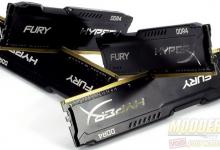
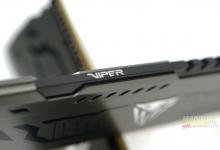
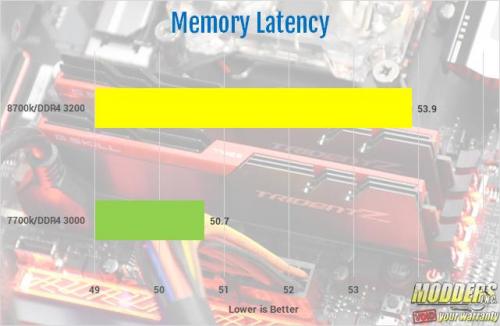
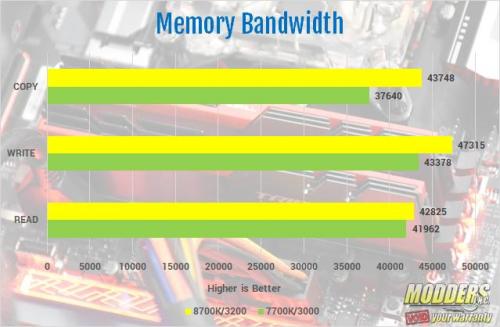
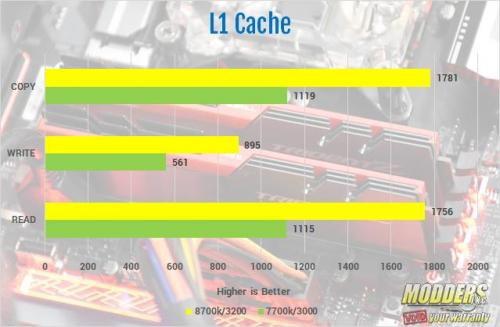
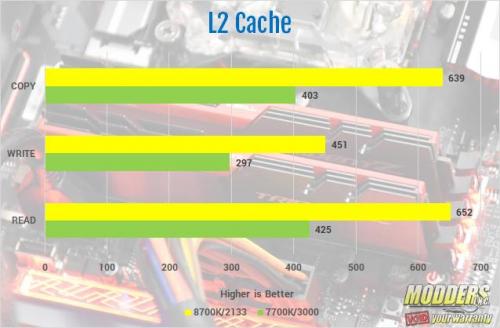
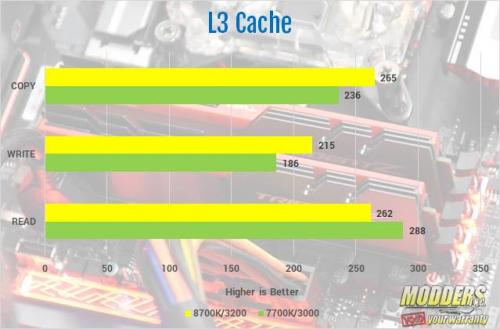



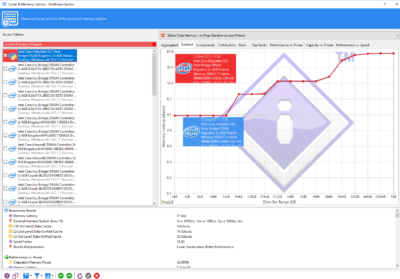
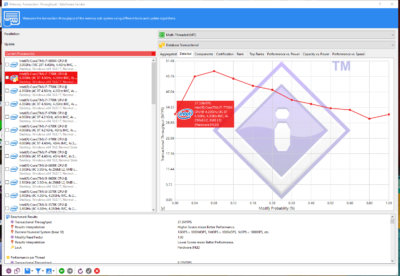
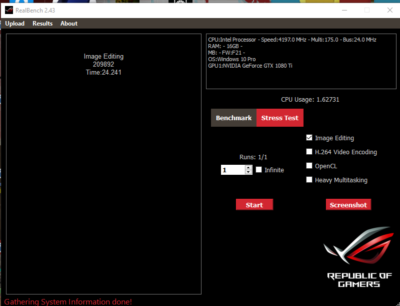
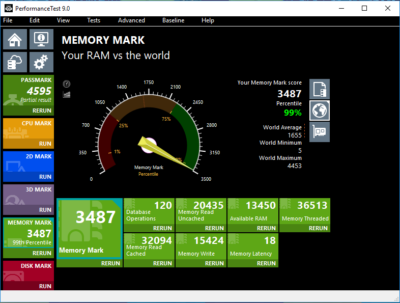
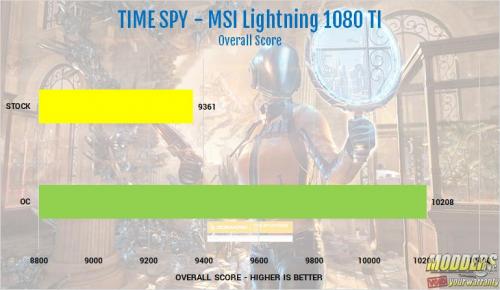
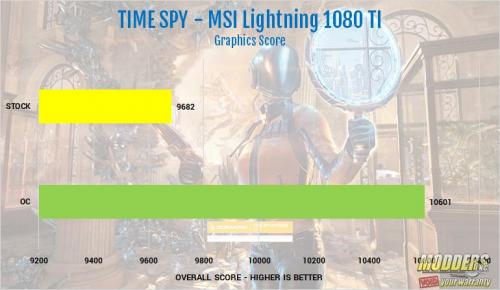
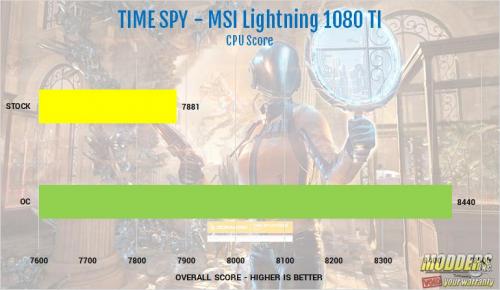
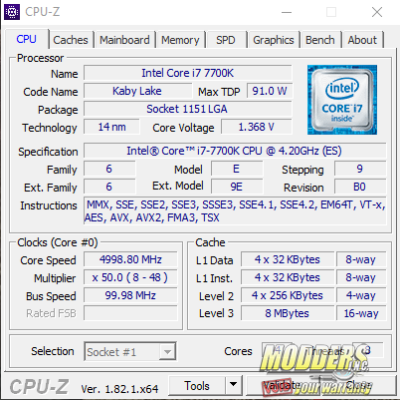
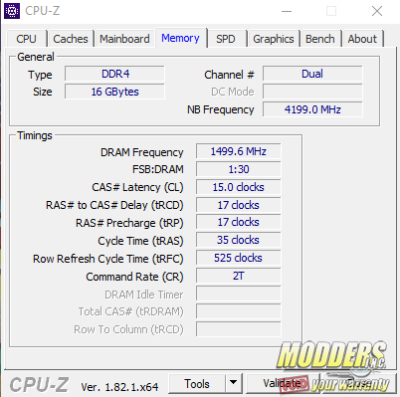
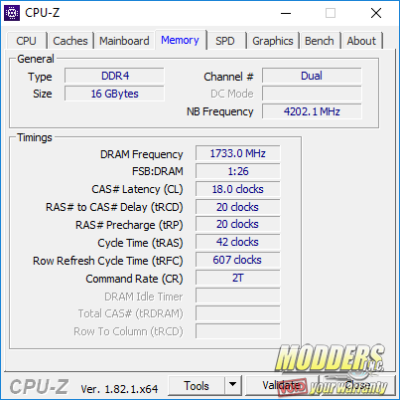
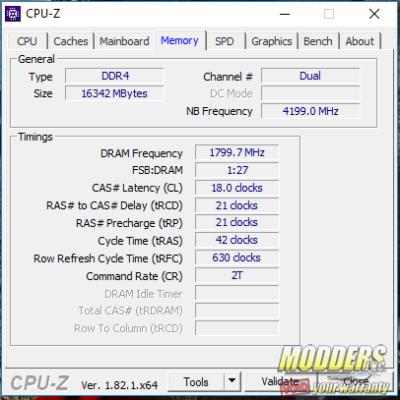
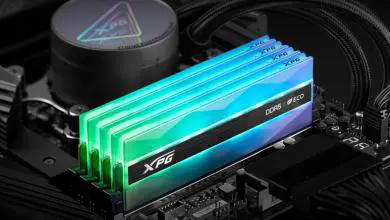
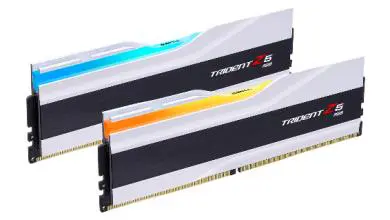
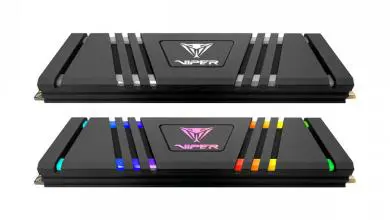
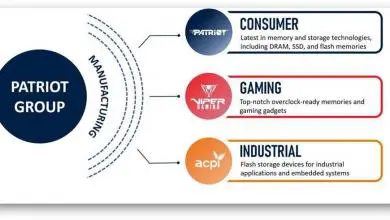

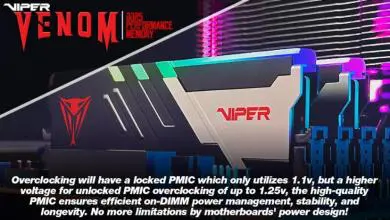

That Gigabyte board was the limiting factor. Test these on something like an Asus Apex board and watch them fly.